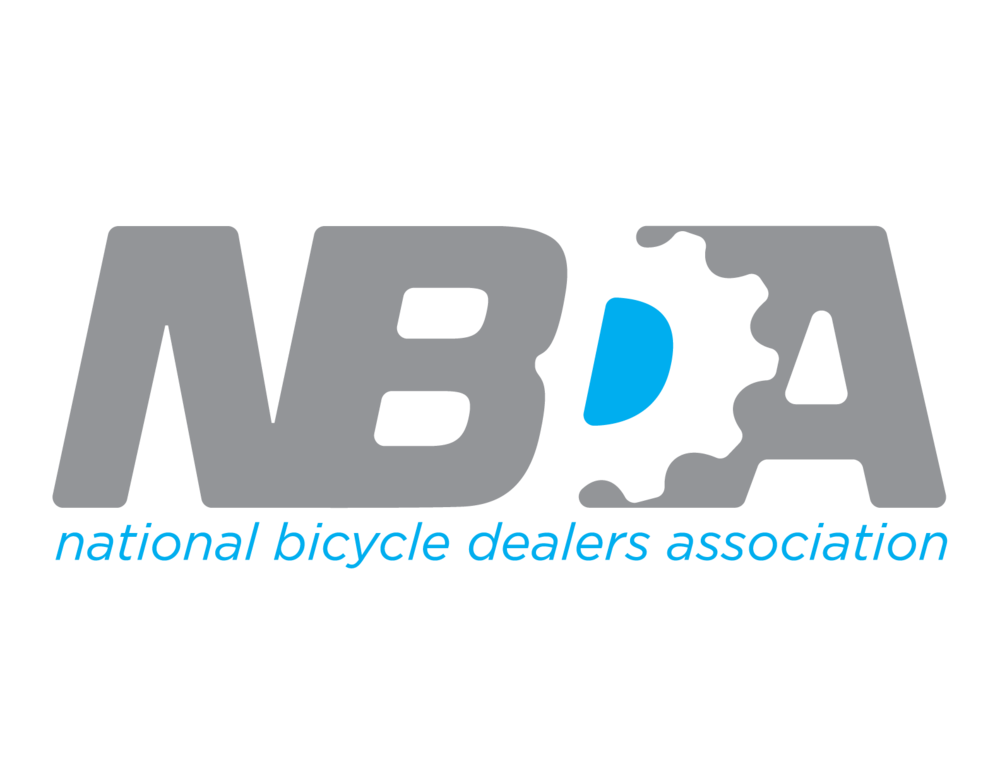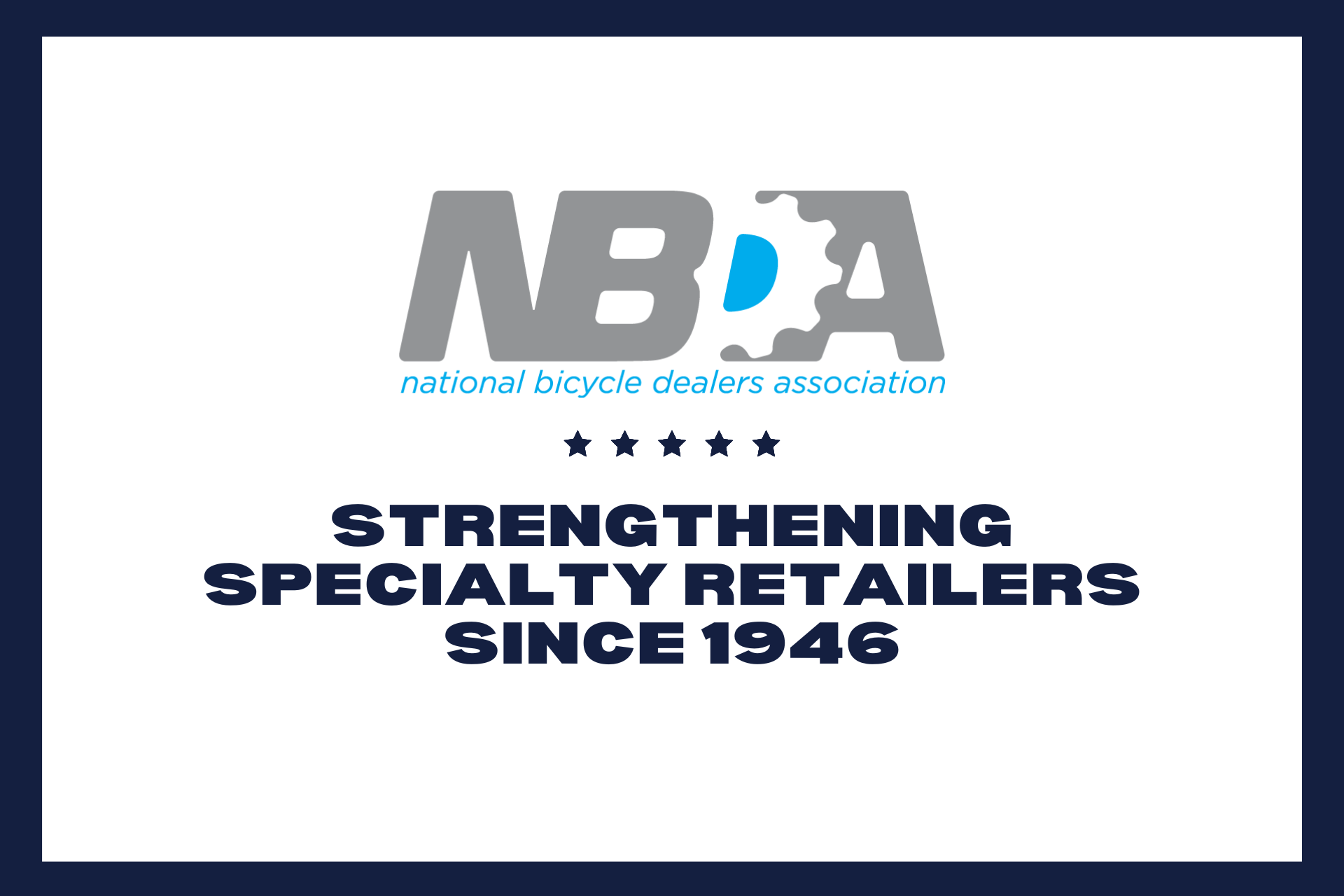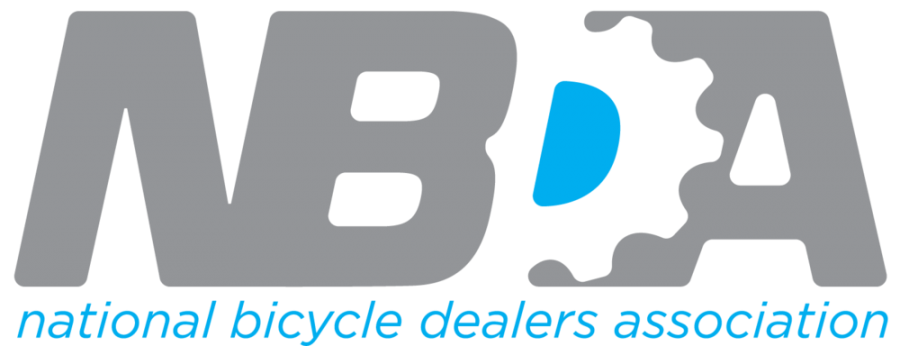Website Basics for Bike Shops
Website Basics: Shopping starts online. Is your store’s website up to the challenge?
Let’s dive into website basics for bike shops. Customers discover and interact with your business online before they ever walk through your door, and a staggering 85% of shoppers research online before making an in-store purchase.
In a recent NBDA Webinar titled “Bike Shop Website Basics,” Ryan Atkinson of SmartEtailing outlined his recommended best practices for bike shop websites and Google search. While they’re called ‘basic’, they’re table stakes for winning web-to-store conversions.
“Today, consumers tend to interact with your business online before they ever visit your store. It’s super important to help them find your website and to get it configured in such a way as to serve your business well,” said Atkinson.
Websites: First Impressions Matter
There’s an adage: ‘If there’s a mouse in the house, customers will click before they brick.’ And when they click on your shop’s website, they’re asking quite a few questions:
- Is this site credible? Is it modern and easy to use?
- Is this site trustworthy? Does this look like a business that values its customers and will be around in the future?
- Is this a professional company or a hole in the wall?
- Does this website answer my questions? Am I finding the practical information I need?
- Does this site make me feel welcome? Do I fit in here?
- Am I in the right place? Does this business seem to have what I need?
“This all might seem very fundamental,” said Atkinson, “but if you put on fresh eyes and visit your website Today, ask yourself if it checks all of these boxes. If it doesn’t, it would be good to put together an action plan to start working through them.”
Tips for Great Bike Shop Websites
Atkinson advocates for websites that have simple layouts that are easy to navigate and interact with, and that helps the user to feel like they want to stay and have a look around.
He recommends hyperlinking internal pages to each other for ease of navigation and likens this to watching how different customers choose different paths as they walk around your store. “Don’t require visitors to overthink. Make it easy for them to discover things.”
Speaking of navigation, he says many shops fail to utilize the navigation bar at the bottom of their site’s home page. “That’s the user’s bailout option to get to the right page,” he said. “Don’t neglect that space.”
Less is more in web design, especially when considering that over 50% of web usage is happening on mobile devices. (Your site IS optimized for mobile, isn’t it? Take a look at it on your smartphone to check!). Make sure your site’s pages load quickly and keep the data on each page as streamlined as possible. Videos are great, but they load slowly on a cellular data network.
Using simple, clear, and consistent formatting and compelling images further invites the user to click more in-depth into the site, find what they’re looking for, and walk through the doors of your shop.
Summarized Atkinson, “Your website is a utility – a way for customers to get questions answered and make a decision. Always be willing to come back to it and make it simpler and easier.”
10 Tips for Winning Google Search
You’ve built it – but how to ensure that people find your website? To conclude his webinar, Atkinson shared practical tips for bike shops’ search engine optimization:
- Search is based on three categories: location, services, and product. Focus on these areas within your website.
- Make your store’s hours and location ridiculously easy to find.
- Regularly maintain Google My Business, Facebook, and Yelp profiles for your store.
- Use ‘back-end’ page titles and descriptions to your best advantage, not just for internal naming purposes. For example, “Bicycle repair in downtown Chicago” is more effective for search than “Repair.”
- Write out the names of the brands you carry in the text on the page and incorporate their logos. Add tags to the logos, so they are searchable.
- Hyperlink the logos of the brands you carry back to your site, not the brands’ websites. Traffic that leaves your site isn’t likely to return.
- Be completely transparent and informative with your pricing online. Gone are the days of hiding this information.
- Create a unique webpage for each service that your shop provides. It is more effective for search than a single page with a laundry list of services.
- Incorporate brand and product names into the titles of blog posts. This increases the chances of users finding your site.
- Think like a consumer and be specific to the point of redundancy on your website.
With 84% of Americans shopping for something online at some point every 48 hours, Atkinson promises that the juice will be worth the squeeze of implementing these steps. And for more of his expert advice on search engine optimization, read his Outspokin’ article, “Be Found: SEO Isn’t as Scary as You Think.”
This article summarized an NBDA Webinar presented by Ryan Atkinson, President, and Co-Owner of SmartEtailing. SmartEtailing provides website, marketing, and data solutions to help independent bicycle retailers compete in an evolving retail world.
 The NBDA has been here since 1946, representing and empowering specialty bicycle dealers in the United States through education, communications, research, advocacy, member discount programs, and promotional opportunities. As shops are facing never-before-seen circumstances, these resources offer a lifeline. Together, we will weather this. We at the NBDA will not waver in our commitment to serving our members even during this challenging time—but we need your support.
The NBDA has been here since 1946, representing and empowering specialty bicycle dealers in the United States through education, communications, research, advocacy, member discount programs, and promotional opportunities. As shops are facing never-before-seen circumstances, these resources offer a lifeline. Together, we will weather this. We at the NBDA will not waver in our commitment to serving our members even during this challenging time—but we need your support.
Now is the time to become a member as we join together to make one another stronger. Whether you’re a retailer or an industry partner, your membership in the NBDA is one of the best investments you’ll make this year.
Learn more about the benefits of being a member and join now.









